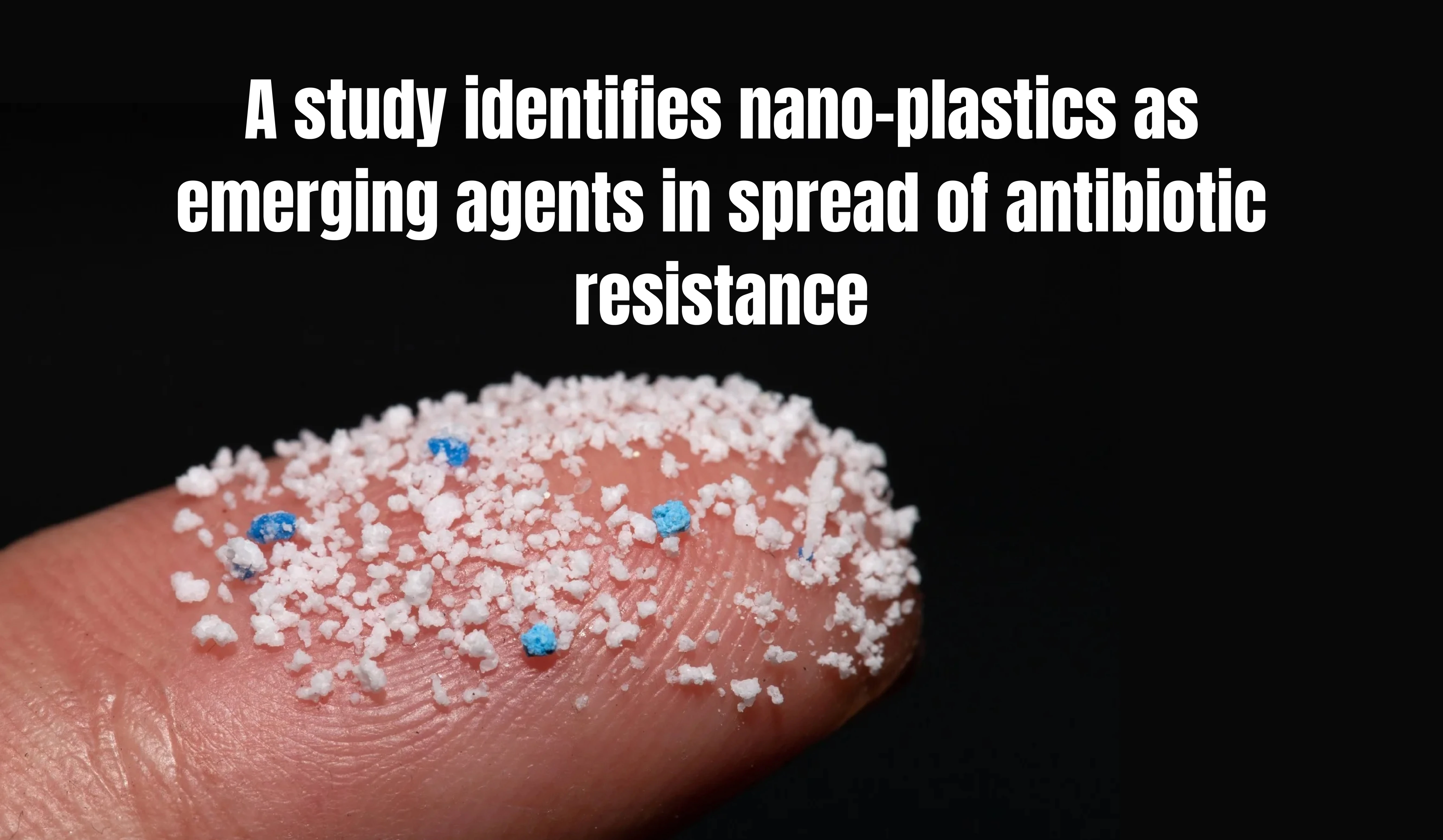Report reveals that resistance to essential, life-saving antibiotics is critically high and increasing, especially in resource-limited settings.
Key Findings of the report:
- Global extensive resistance: In 2023, approximately one in every six bacterial infections globally was caused by bacteria resistant to antibiotics.
- Regional Hotspots: Antimicrobial resistance(AMR) was most frequent in South-East Asia and Eastern Mediterranean regions, followed by the African Region.
- Impact on Vulnerable Settings: AMR disproportionately affects low- and middle-income countries (LMICs) and countries with weak health systems.
- India Related Finding: Around 41% of bloodstream infection reports came from China, India, and Pakistan combined.
What is AMR?
- AMR happens when germs like bacteria, viruses and fungi develop the ability to defeat the drugs designed to kill them.
- While antibiotic resistance means when bacteria evolve to resist effects of antibiotics.
- AMR superbugs directly cause over one million deaths annually and contribute to nearly five million deaths every year, according to the WHO.
Challenges Driving AMR in India
- Overconsumption: Leading to widespread misuse due to their over-the-counter availability.
- Hygiene and Healthcare: Overcrowding, poor sanitation, and a tendency to over-prescribe antibiotics in hospitals and clinics, especially in rural areas..
- Agriculture: Antibiotics are also misused in agriculture and poultry farming.
- Exacerbating Factors: Socio-economic inequalities and climate change are worsening the crisis.
Steps taken for address AMR:
|






